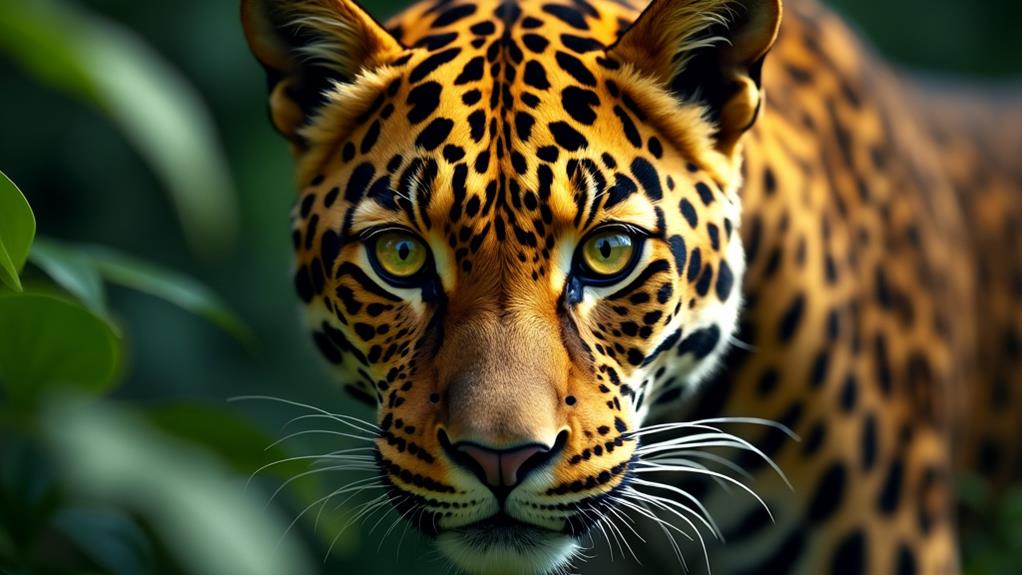
Intricate patterns with hidden secrets, leopard spots are more than mere beauty marks—discover their surprising role in survival and science.

Intricate patterns with hidden secrets, leopard spots are more than mere beauty marks—discover their surprising role in survival and science.
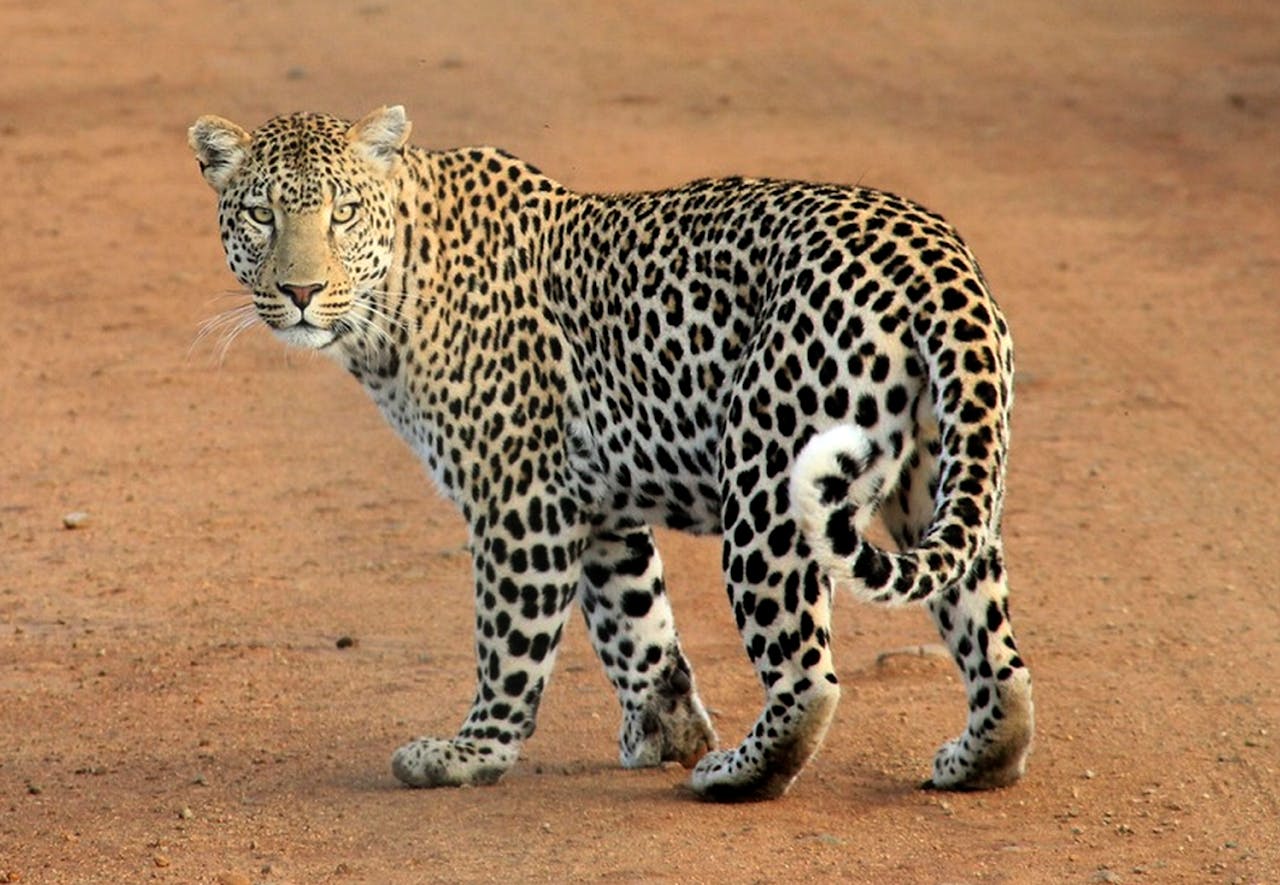
Latest research articles about leopards: Molecular Study on the Prevalence of Canine Distemper Virus Infection in Road-Killed Jackals (Canis aureus) in Golestan Province (Gorgan) Summary : This study includes data relevant to endangered species such as the Persian leopard.
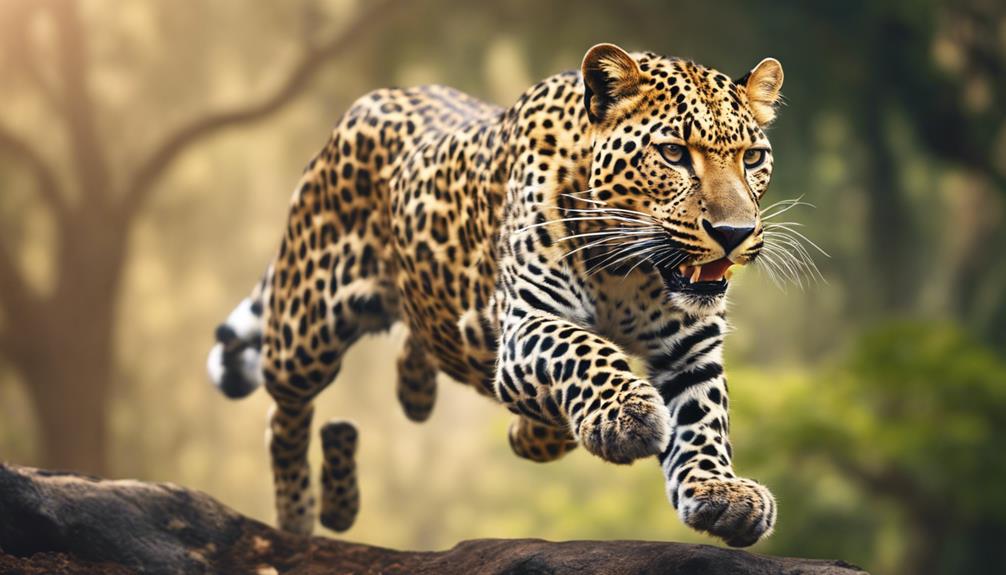
Have you ever wondered who would come out on top in a fight between a chimpanzee and a leopard? Well, here’s an interesting statistic for you: a fully grown male chimpanzee is about four times stronger than an average human! In this article, we will dive into the fierce battle between these two incredible creatures.
Have you ever wondered who would come out on top in a showdown between a gorilla and a leopard? Brace yourself for an epic battle as these two mighty creatures clash. In this article, we’ll delve into the factors that could determine the outcome. From size and appearance to speed and attack power, both animals possess unique strengths. Will the gorilla’s immense strength triumph over the leopard’s lightning-fast speed and sharp claws?

Brief overview of snow leopards and their physical abilities Snow leopards are large feline predators that inhabit the mountainous regions of Central Asia. They are known for their striking appearance, with a thick, woolly coat that provides insulation against the cold temperatures of their habitat. Snow leopards have a muscular, elongated body that allows them to navigate the steep and rugged terrain of their environment with ease.

Brief overview of Sri Lankan Leopard The Sri Lankan Leopard, also known as Panthera pardus kotiya , is a subspecies of leopard found only on the island of Sri Lanka. It is the largest predator on the island and plays a vital role in maintaining the ecosystem’s balance. The Sri Lankan Leopard is considered an apex predator and is one of the most elusive big cats in the world.
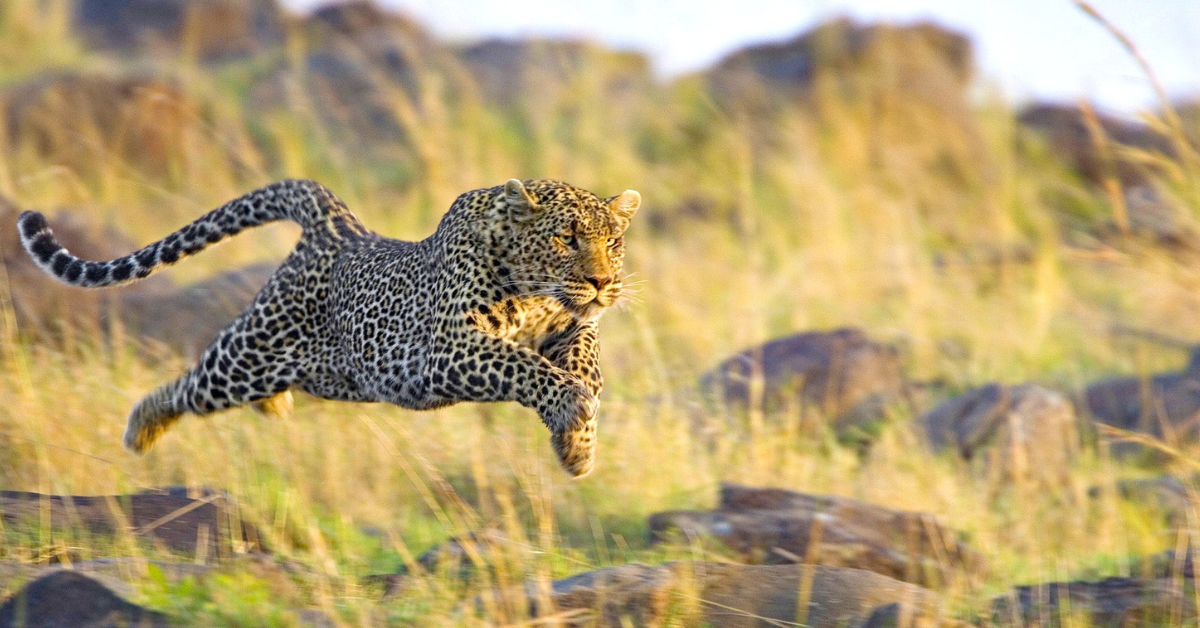
Background information about leopards Leopards ( Panthera pardus ) are large, carnivorous felines found throughout sub-Saharan Africa, as well as in parts of Asia and the Middle East. They are highly adaptable and are able to thrive in a wide range of habitats, from savannas and grasslands to forests and mountainous regions. They are part of the Panthera genus, which also includes lions, tigers, and jaguars.
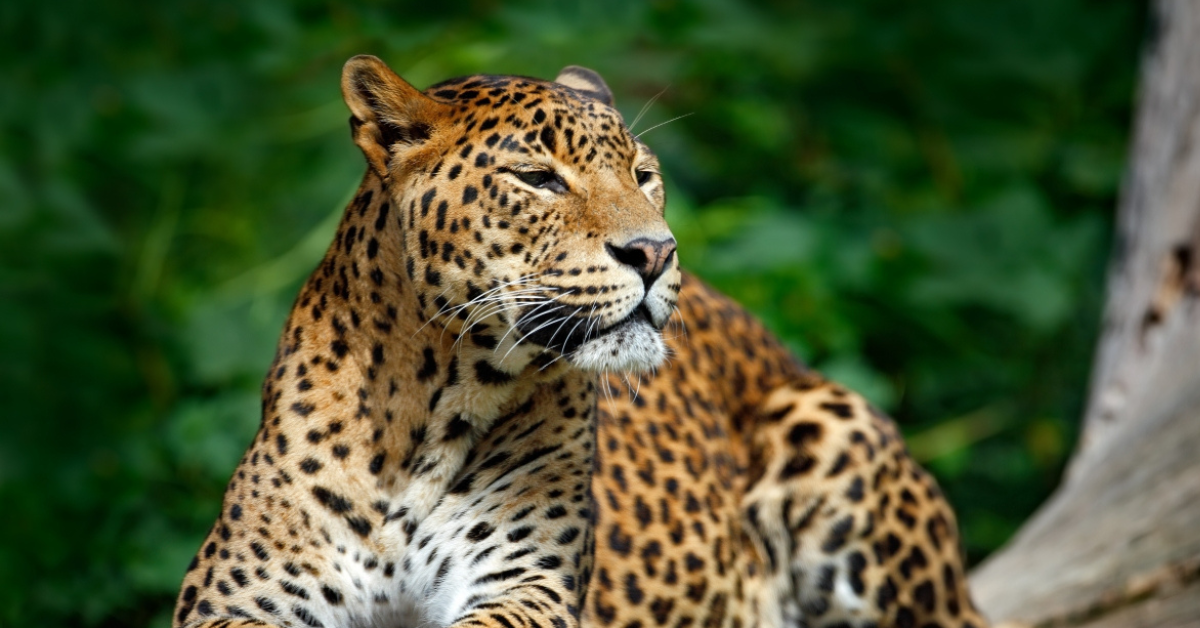
Leopards are large, carnivorous cats that belong to the genus Panthera. They are native to sub-Saharan Africa and parts of Asia, including India and China. Leopards are well known for their distinctive spotted fur coat, which helps them to blend into their surroundings and hunt more effectively. They are also known for their incredible strength and agility, which make them skilled predators.

The snow leopard is endangered due to a variety of factors, including habitat loss, poaching, hunting, and climate change. Other factors include overgrazing by livestock, which reduces the availability of the prey species that the snow leopards rely on for food, and competition with local communities for resources.

Snow leopards are a solitary and elusive big cat species, inhabiting the high-altitude mountains of Central and South Asia. Hunting Behavior of Snow Leopards Snow leopards are opportunistic predators, taking advantage of whatever prey is available to them at the time. Their primary prey consists of blue sheep, also known as bharal, and Himalayan tahr, as well as smaller prey such as marmots, hares, and birds.